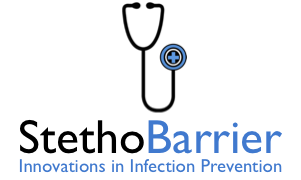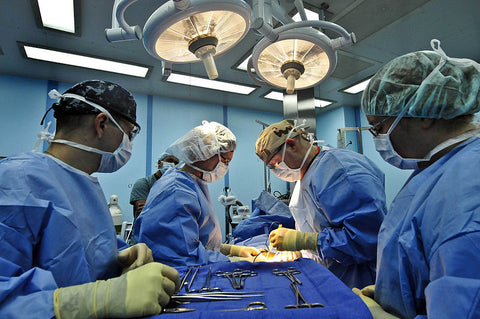News
Centers for Disease Control and Prevention Releases Updated Guidelines for Prevention of Surgical Site Infections May 08 2017
The Centers for Disease Control and Prevention recently released updated guidelines for prevention of surgical site infections. This is a highly anticipated update as the last set of guidelines was released in 1999. As noted in the invited commentary in JAMA, “Surgical Site Infection Prevention—What We Know and What We Do Not Know,” by Dr. Pamela A. Lipsett, “there is a lot of opportunity to learn how we can provide more effective care to our patients.”
While evidence-based medicine remains the gold standard, unfortunately, in many instances there is lack of quality evidence utilizable for evaluating the benefits, harms and tradeoffs of various interventions. While there are definitive recommendations in the guidelines, the authors conclude by stating that the proposed evidence-recommendations should be incorporated into comprehensive quality improvement programs in order to improve patient safety. StethoBarrier strongly commends the Centers for Disease Control and Prevention for their efforts to systematically review the literature and concisely summarize their recommendations.
The findings and conclusion from the report is excerpted below, please use the link in the full citation below to access the full report.
Centers for Disease Control and Prevention Guideline for the Prevention of Surgical Site Infection, 2017
Findings Before surgery, patients should shower or bathe (full body) with soap (antimicrobial or nonantimicrobial) or an antiseptic agent on at least the night before the operative day. Antimicrobial prophylaxis should be administered only when indicated based on published clinical practice guidelines and timed such that a bactericidal concentration of the agents is established in the serum and tissues when the incision is made. In cesarean section procedures, antimicrobial prophylaxis should be administered before skin incision. Skin preparation in the operating room should be performed using an alcohol-based agent unless contraindicated. For clean and clean-contaminated procedures, additional prophylactic antimicrobial agent doses should not be administered after the surgical incision is closed in the operating room, even in the presence of a drain. Topical antimicrobial agents should not be applied to the surgical incision. During surgery, glycemic control should be implemented using blood glucose target levels less than 200 mg/dL, and normothermia should be maintained in all patients. Increased fraction of inspired oxygen should be administered during surgery and after extubation in the immediate postoperative period for patients with normal pulmonary function undergoing general anesthesia with endotracheal intubation. Transfusion of blood products should not be withheld from surgical patients as a means to prevent SSI.
Conclusions and Relevance This guideline is intended to provide new and updated evidence-based recommendations for the prevention of SSI and should be incorporated into comprehensive surgical quality improvement programs to improve patient safety.
Full citation:
Surgeons of the US Navy demonstrating maintenance of a sterile field.

